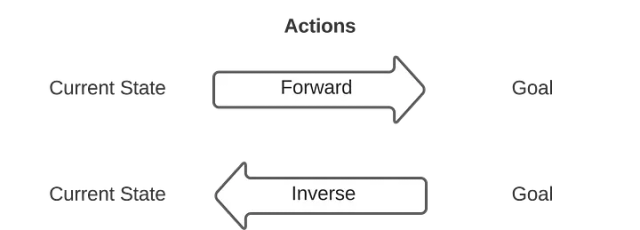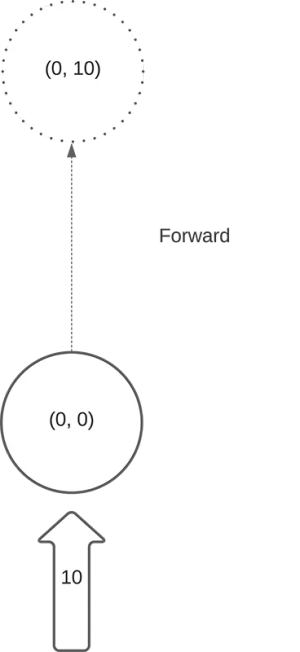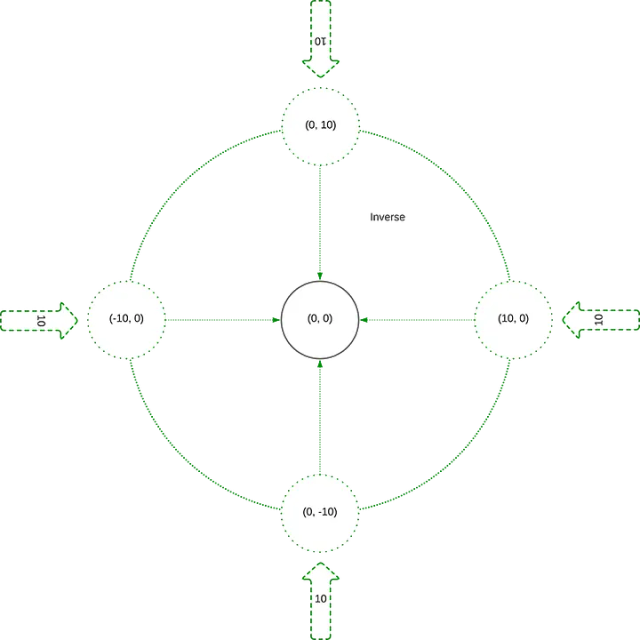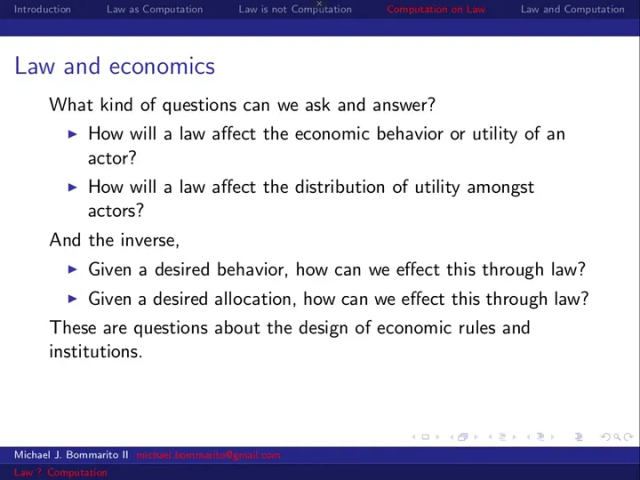Forward and Inverse Problems in Decision-Making and Change Management
note: this post was originally published on Medium on February 18, 2022, and has been migrated here verbatim for preservation.
In math and physics, we have a way of looking at the world through “forward” and “inverse” problems. The gist of the idea is that there are two different ways to think about a model — and while they seem similar, solving them is very different.

In the forward problem, you take a “beginning” or “current” state. Then, you apply some transform — an action — resulting in an “end state,” which might correspond to a goal. For example, if there’s a ball on a flat surface and I kick it, where will it end up?

In the inverse or “reverse” problem, we switch the order of the question. We start with the “end state” of the world and we try to figure out what combination of “beginning states” and transforms could have produced the end state. For example, if the ball is currently resting here, where could it it have been kicked from and how hard was it kicked?
The kicked ball example highlights one of the most immediate problems — the inverse problem can often have many more solutions than the forward problem. There are many ways to kick a ball to a specific position, but kicking a ball in a specific way from a specific place ideally produces a unique result — that’s exactly why footballers, billards players, or golfers practice what they do…

Now swap the surface and ball with a tax policy, a financing negotiation, a limit order book, or a geopolitical environment, and you get the idea.
I bring this up because in decision-making and change management, it’s often helpful to be aware of which problem you’re talking about.
When people talk about the ends only, we often leave open a very huge space to explore — sometimes, overwhelmingly large.
But when we talk only about the means, it can be difficult to create alignment and focus on the desired ends.
I don’t think there’s a silver bullet — one isn’t always better than the other — but switching modes back and forth can be a very important part of getting to consensus and agreeing to potential solution paths.
Minimally, before accepting that we’ve really got the right solution, we should check that our plan passes the “smell test” from both perspectives.
PS: This came out of a policy evaluation discussion I’ve been having, which triggered a trip down memory lane — back to this slide deck from nearly 11 years ago.

You can view the whole presentation on Law and Computation.
opinions expressed are my own and not those of any affiliated entities.